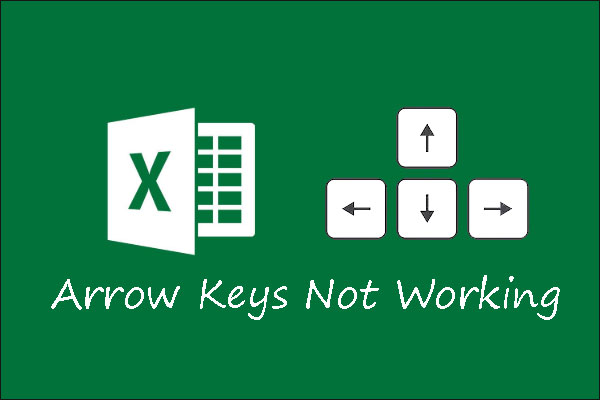

However, the introduction of mouselook, a system that allowed the ability to use the mouse to look around both vertically and horizontally, enabled the player to perform techniques such as smooth circle strafing, which, although possible with the keyboard, was difficult to perform and resulted in jagged movement. During the early days of gaming, this was not a problem as the mouse was not utilised the arrow keys controlled both movement ↑ ↓ as well as looking around ← →, with strafing done through the use of modifier keys (usually Alt + ← →). Primarily, WASD is used to account for the fact that the arrow keys are not ergonomic to use in conjunction with a right-handed mouse. W/ S control forward and backward, while A/ D control strafing left and right. These keys are most commonly used to control the player character's movement in computer games. WASD (,AOE on Dvorak keyboards ZQSD on AZERTY keyboards) is a set of four keys on a QWERTY or QWERTZ computer keyboards which mimics the inverted-T configuration of the arrow keys.
#Cannot see up and down arrows windows 10 software#
games) the vanilla 5/6/7/8 keys were directly associated with direction control when they had no other purpose, as this meant less complicated keypress detection routines could be used.Īlthough the QL-style keyboard on later Spectrum + and + 128K models introduced various dedicated keys including arrow keys either side the space bar (left/right in a pair to its immediate left, and up/down to the immediate right) and removed related labels, there was no difference which of the alternatives were used as far as software was concerned. Cursor keys were those from 5 to 8, and keyboard labelling included left-, down-, up-, and right-arrow labels printed directly above in a colour matching wording on the relevant shift key. These machines had number keys on the top row and various secondary functions for each, with ROM routines requiring simultaneous use of a shift key ( CAPS SHIFT in particular from Spectrum onwards) to activate them.

This layout dates back to Sinclair ZX80, ZX81, and Spectrum home computer designs. Moving forward and backward while playing multimedia filesĪlthough the "arrow keys" provide one convention for cursor movement on computers, there are also other conventions for cursor movement that use entirely different keys.Moving selected object in a drawing software.Changing the current selected item in a list or selecting file icon near to the current selected file in a file explorer.Scrolling down and up in different documents and web pages.Moving player's character in video games.Moving text cursor to the right, left, previous line and next line.The arrow keys are used in many applications to do different things such as: Early models with arrow keys but no middle section (Home, End, etc.) placed them in one line below the right-hand Shift key in an HJKL-like fashion later versions had a standard inverted-T layout, either in the middle block or as half-height keys at the bottom right of the main keyboard.

Arrow keys were included in later Apple keyboards. They were deliberately excluded from the Macintosh launch design as a forcing device, acclimating users to the new mouse input device and inducing software developers to conform to mouse-driven design rather than easily porting previous terminal-based software to the new platform. The original Apple Macintosh had no arrow keys at the insistence of Steve Jobs, who felt that people should use the mouse instead. Some Commodore 8-bit computers used two keys instead of four, with directions selected using the shift key. The inverted-T layout was popularized by the Digital Equipment Corporation LK201 keyboard from 1982. It can be used instead of WASD keys, to play games using those keys.

The use of arrow keys in games has come back into fashion from the late 1980s and early 1990s when joysticks were a must, and were usually used in preference to arrow keys with some games not supporting any keys. A feature echoed in the Amiga whereby holding the Amiga key would allow a person to move the pointer with the arrow keys in the Workbench (operating system), but most games require a mouse or joystick. Mouse keys is a feature that allows controlling a mouse cursor with arrow keys instead. The original Apple Macs had no arrow keysīefore the computer mouse was widespread, arrow keys were the primary way of moving a cursor on screen.


 0 kommentar(er)
0 kommentar(er)
